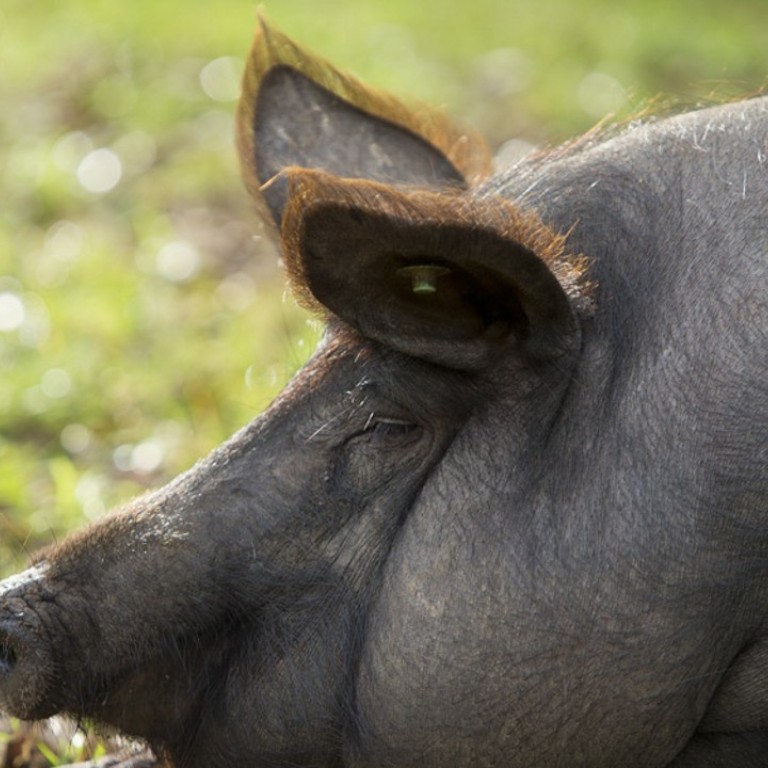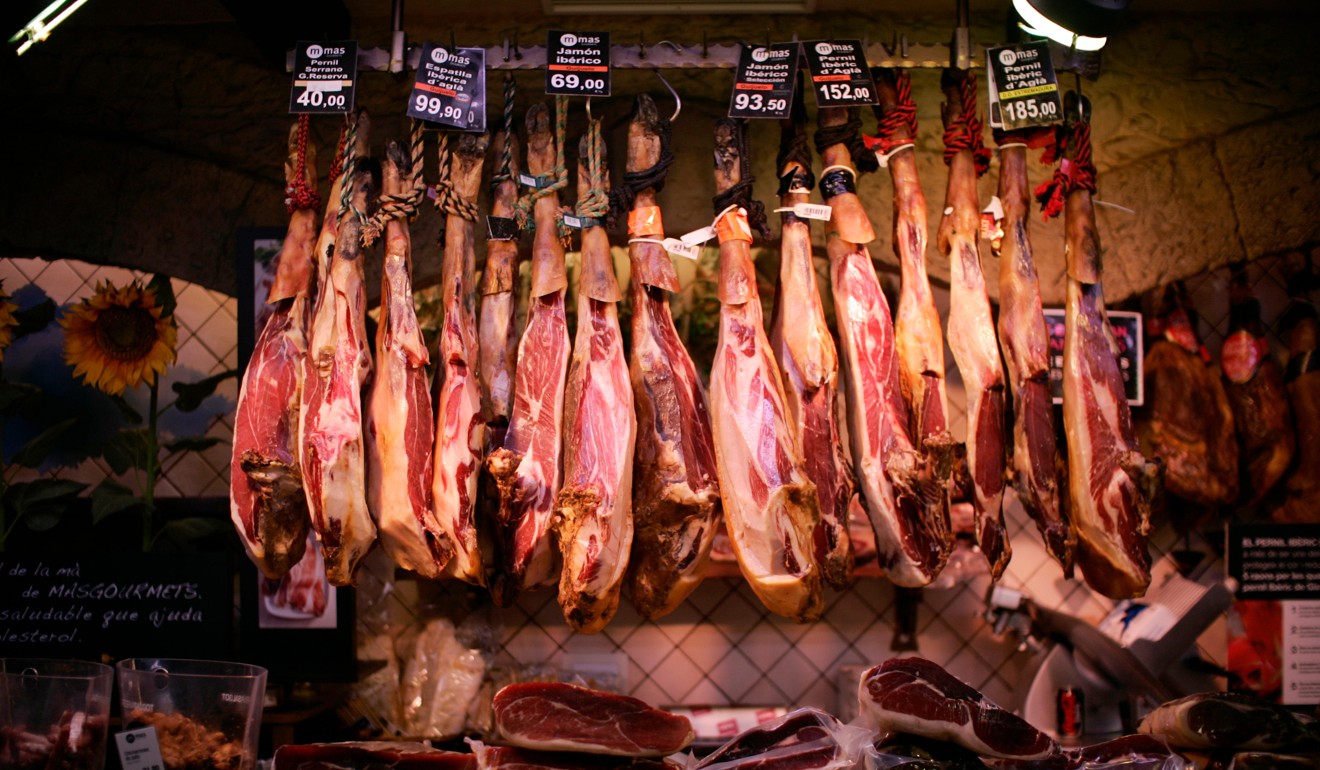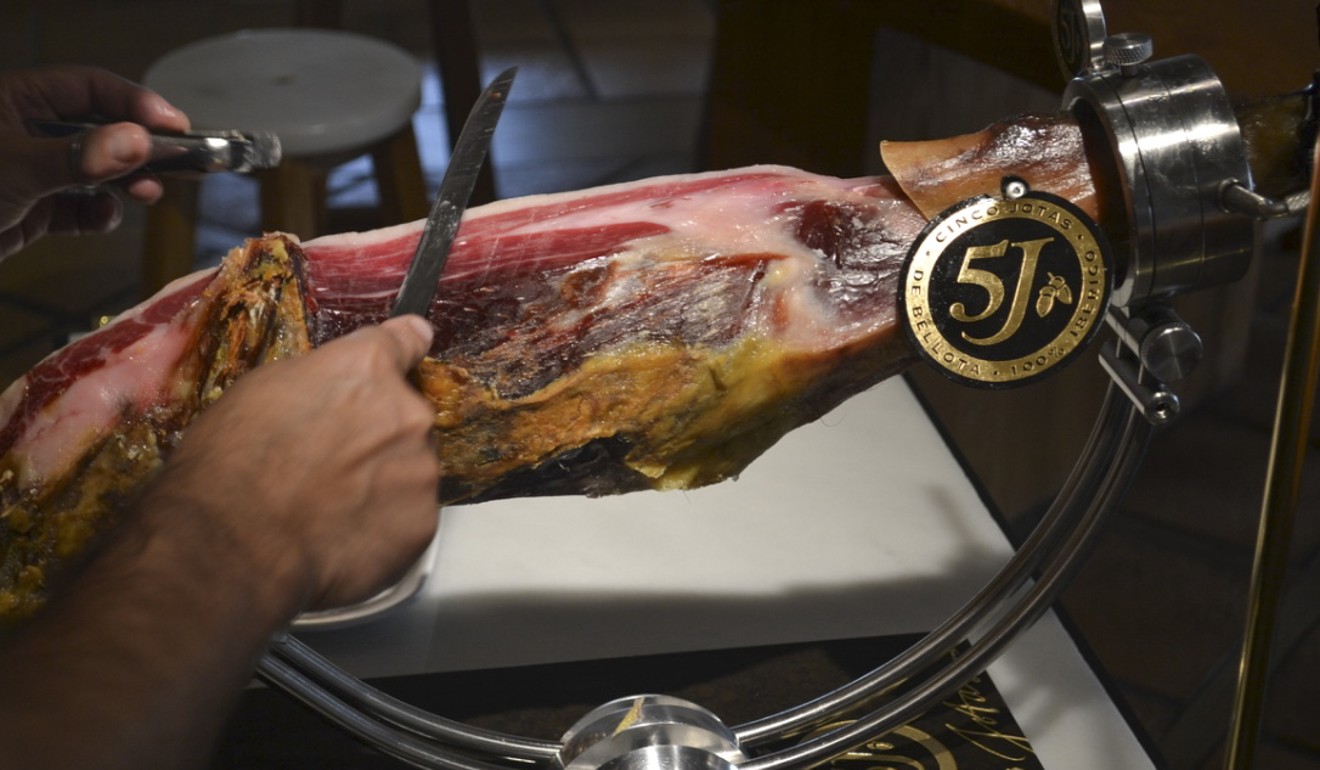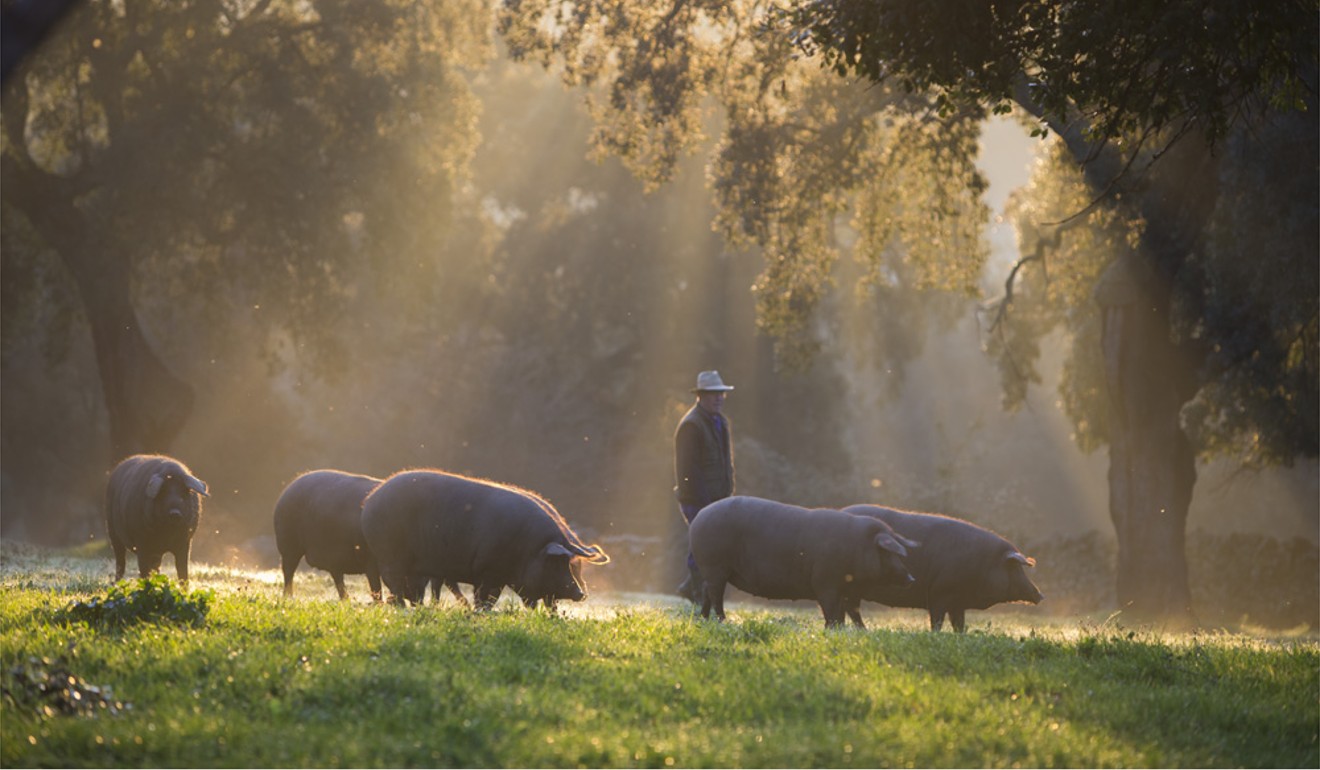
‘Aporkalypse’ now: Spain warns of environment woes after pigs outnumber people
Animals drink 15 litres of water a day and the industry uses more water than Zaragoza, Seville and Alicante combined in a country known for droughts
There are more pigs in Spain than humans for the first time, according to figures released by the country’s environment ministry, with 50 million pigs to 46.5 million humans.
The figures show an increase of about 9 million animals since 2013 and there are growing concerns about the environmental impact of an industry that produced more than 4 million tonnes of pork products and generated €6 billion (US$6.8 billion) last year.

The soaring pig population is a key factor in making livestock the fourth-largest generator of greenhouse gas emissions after transport, electricity generation and industry.
The industry also consumes vast quantities of water in a country frequently affected by drought. With each pig drinking 15 litres a day, altogether the industry uses more water than the cities of Zaragoza, Seville and Alicante combined. Nitrates from the animals’ waste products are also beginning to contaminate groundwater, environmentalists say.
There have been strikes at several abattoirs over poor working conditions. Many workers in the sector are recent immigrants who are mainly Muslims who do not eat pork.
The industry has also been hit by a series of scandals. This year a police investigation was triggered when a customer returned a worm-riddled ham to a branch of the French supermarket chain Carrefour. Police uncovered a network of unscrupulous suppliers and more than 50 tonnes of ham that was destined for the incinerator but instead was relabelled with new sell-by dates.

The scandal was another blow to an industry that has a reputation for fraudulent practices, especially in the production of the prized denomination of jamón ibérico, which can retail at hundreds of euros per kilo.
To qualify the ham must come from thoroughbred blackfoot pigs, which spend the last few months of their lives roaming free through oak woodland known as dehesa, eating acorns. The meat must then be cured for a minimum of 36 months.
It is a slow process and supply outstrips demand. Francisco Esparrago, who produces jamón ibérico in Extremadura in western Spain, said there were not enough resources to enforce regulations.

“When you don’t control an industry in which traditionally there’s a lot of fraud ... this is what happens,” he said. “For example, some animals graze in the dehesa but instead of living on acorns for the last three months of their lives they’re given animal feed, but the inspector sees the pigs in the woods and so they receive the denomination.”
Spaniards consume about 21kg of pork each a year and the nation’s love of pig dates back thousands of years. Roman commentators wrote admiringly about Spanish ham and pigs were given special protection under the Goths who ruled after the Romans departed.
When Muslims conquered much of the Iberian Peninsula, the pig became a symbol of Christian resistance. Under the Inquisition, eating pork in public became a test of faith for Jews and Muslims who had been forcibly converted to Christianity.

